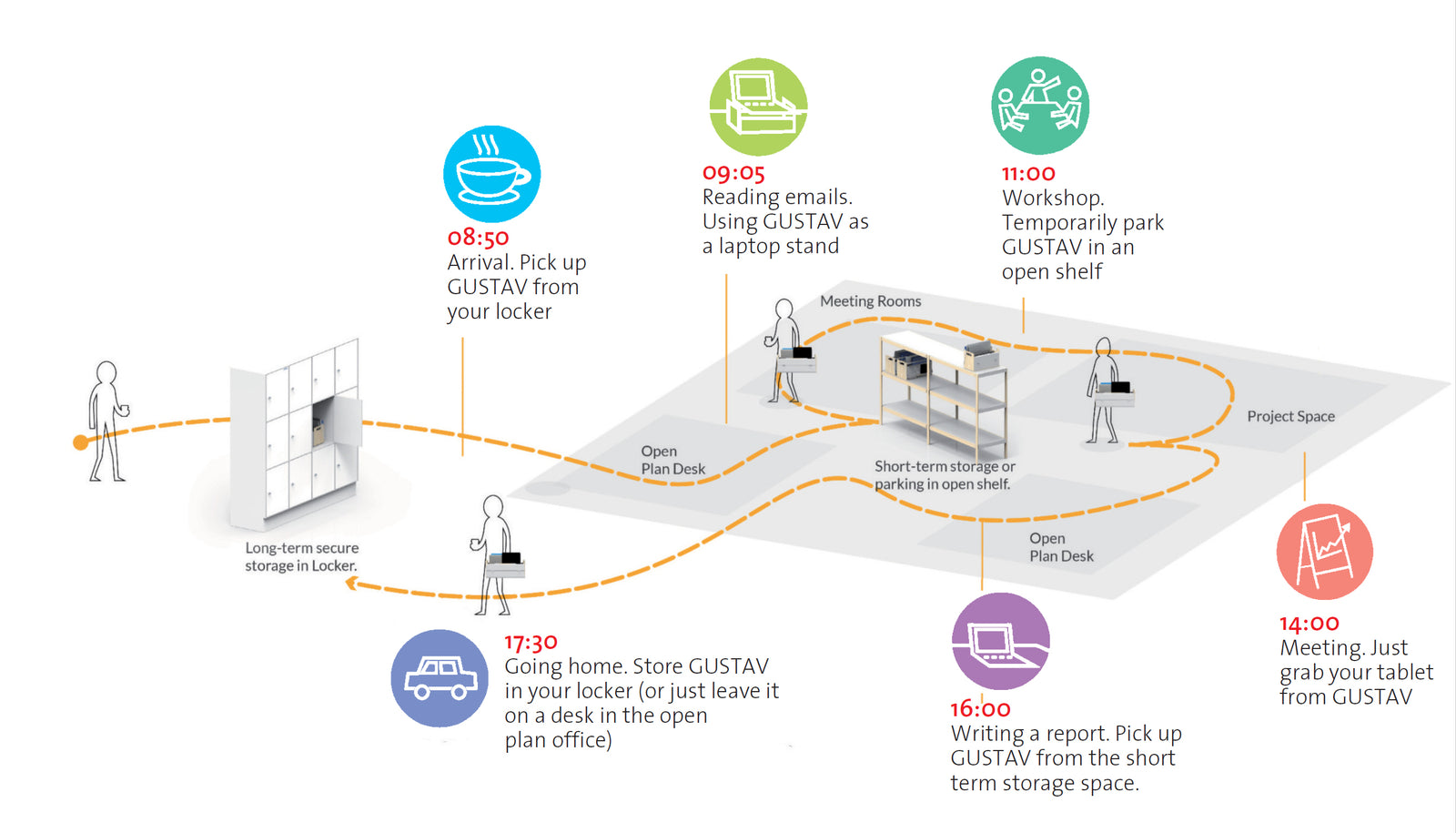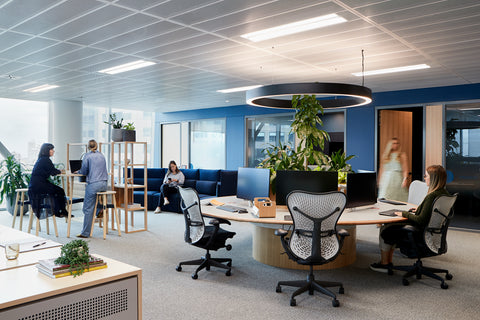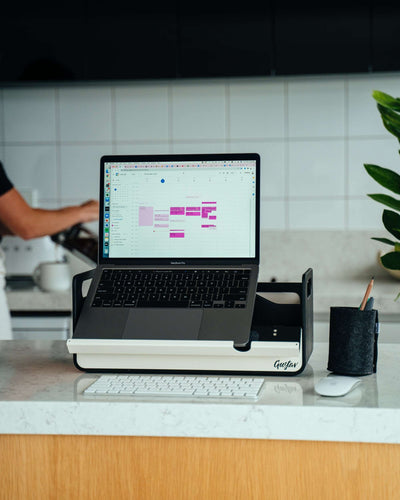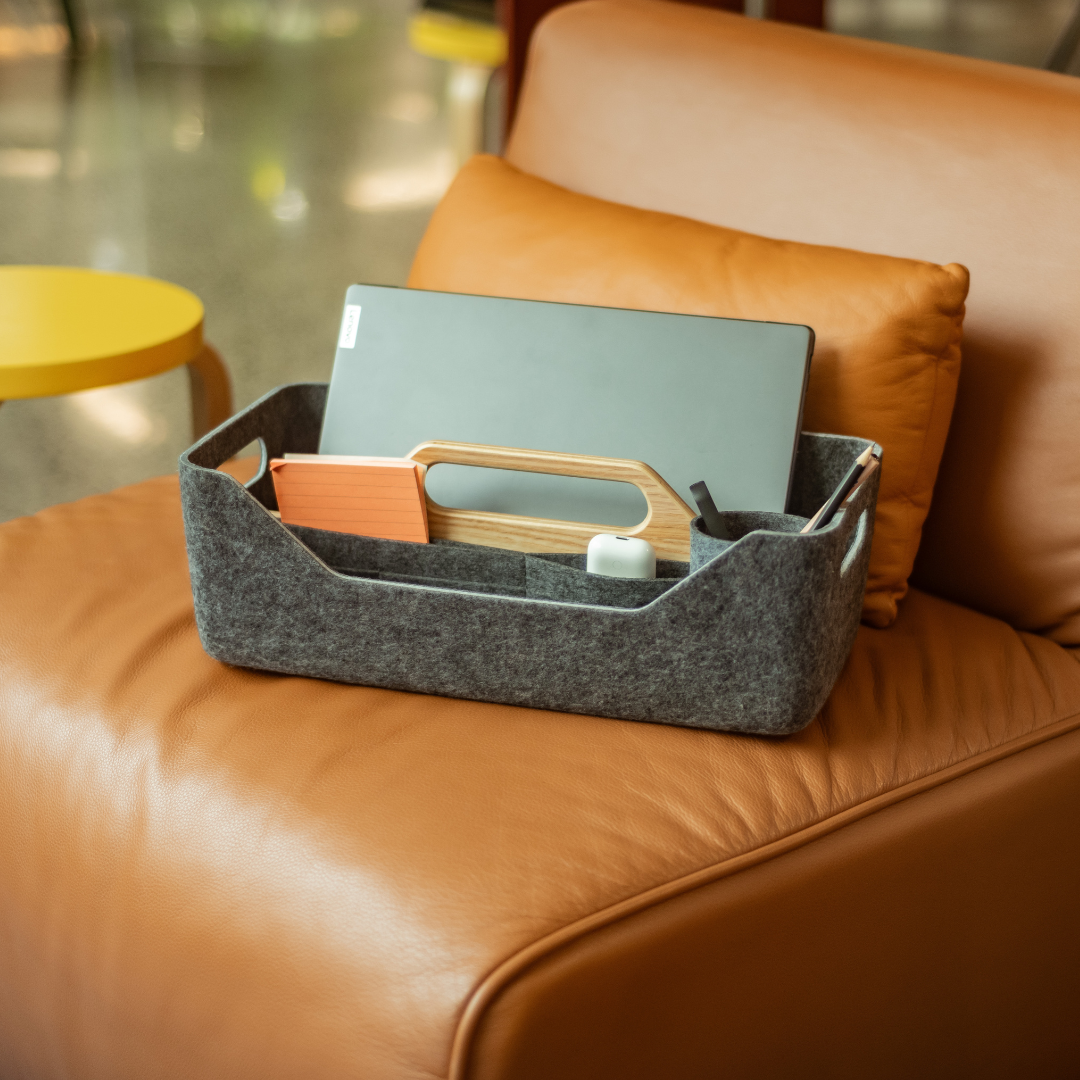What is Activity Based Working?

Activity Based working is an approach to work that allows employees to choose where they carry out particular tasks during their working day. While it might be tempting to think of Activity Based Working as primarily a design principle, it is more than this: to be effective ABW also requires a culture and leadership that allows it to happen. This post will explore some of the key factors that can help an Activity Based Working model succeed, and will outline some of the benefits it can provide.
The 9 to 5, traditional model of working that so many corporations relied on for decades was a direct result of the Industrial Revolution: people commuted to work, did set hours, and returned home. Working conditions and pay might have improved a lot since then, but the way of thinking about work remained rigid for a surprisingly long time. Even as technology made it possible to work from home (or anywhere) many managers, raised on the more traditional way of thinking about work, were reluctant to sanction any shift. The belief persisted that if employees weren’t at work, they wouldn’t do work.
In recent years though, this has changed. As talent has increasingly moved towards employers that offer greater flexibility and work-life balance, so companies have adapted their models of working to accommodate these desires. Key to this has been the introduction of Activity Based Working.
As defined above, Activity Based Working is a way of designing a workplace in order that it provides physical spaces appropriate for the range of tasks that employees might carry out. Typical examples of ABW spaces are quiet rooms for focused work, bookable meeting rooms, spaces such as breakout areas and café-style booths for more informal collaboration, and so on.
A key principle behind the ABW approach is to acknowledge the effect that space has on how we feel and how well we are able to work - a stark contrast to the more traditional fixed desk way of working.
By moving around and working in exactly the kind of environments that a task demands, employees are able to be more effective in whatever they are doing.

Getting Started with Activity Based Working
Implementing an Activity Based Working model is obviously not something that can be done overnight as an office space is likely to require a significant makeover. However, it is often more than the space that needs to change. For ABW to be implemented successfully, a company needs to do more than simply redesign the layout: they need to implement the key principle of flexibility within their culture. Employees need to feel trusted in order to be comfortable moving around the space as they please. For managers used to a ‘line-of-sight’ approach, this might be challenging at first. However, an increasing body of research shows that employees are actually more productive (not to mention happier) when they feel trusted to manage their own working patterns.
The Benefits of Activity Based Working
When implemented correctly, Activity Based Working has several benefits for both employees and employers alike. Greater flexibility, greater job satisfaction and a more fulfilling experience of work are commonly reported feelings of employees that have been through a switch to an ABW model. For their bosses, the rewards may be even more significant. Greater staff retention (due to the aforementioned ‘ABW effect’), the ability to attract a higher quality of talent, and the potential to save costs on space are some of the main attractions from the company’s perspective. In relation to the latter point, it is estimated that the average office could reduce its space requirements by as much as 40% with a more flexible approach.
How Gustav Can Help
One of the biggest challenges of moving to an Activity Based Working Model is the fact that employees no longer have their own dedicated place to sit and store their belongings. Enter Gustav, the portable office toolbox that lets employees make any space their own. Find out more here.









